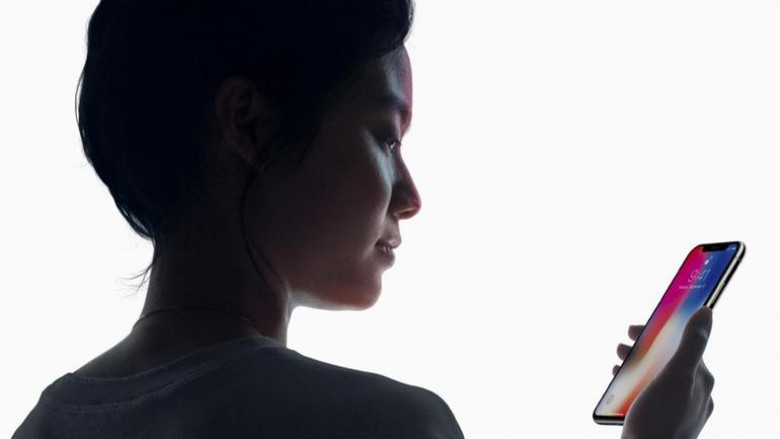Touch-based identity faces an uncertain future after Face ID
Five years ago, Apple bought an obscure components company called AuthenTec for more than $350 million, one of the largest purchases in its history. The acquisition enabled the launch of Touch ID, a rapid fingerprint recognition technology that would become a hallmark of iPhones. Apple's current-generation iPhone 8 series uses Touch ID, but Apple has pointed to the iPhone X as its phone of the future, a future that would not include fingerprint recognition.
Apple has a long history of being among the first to eliminate popular technologies from its products only to see the industry follow suit. Most of these have occurred in the PC market and have included many components that have faded or vanished from the mainstream -- legacy serial ports, floppy and optical drives, and modems. The iPhone was, of course, a much more tightly integrated product from its beginning so there have been fewer things to drop from it.
Indeed, as Touch ID and the iPhone's home button grew up together, the removal of both has been responsible for several user interface oddities that the iPhone X has had to implement, including the pressing of multiple side buttons for taking screenshots and shutting down and the double-press needed to proceed with Face ID for transactions such as buying an app from the App Store. On the other hand, as I was early to note, Face ID works well, is more secure, and is consistent with the Apple minimalist ethos (particularly for a "full-display" phone).










































































